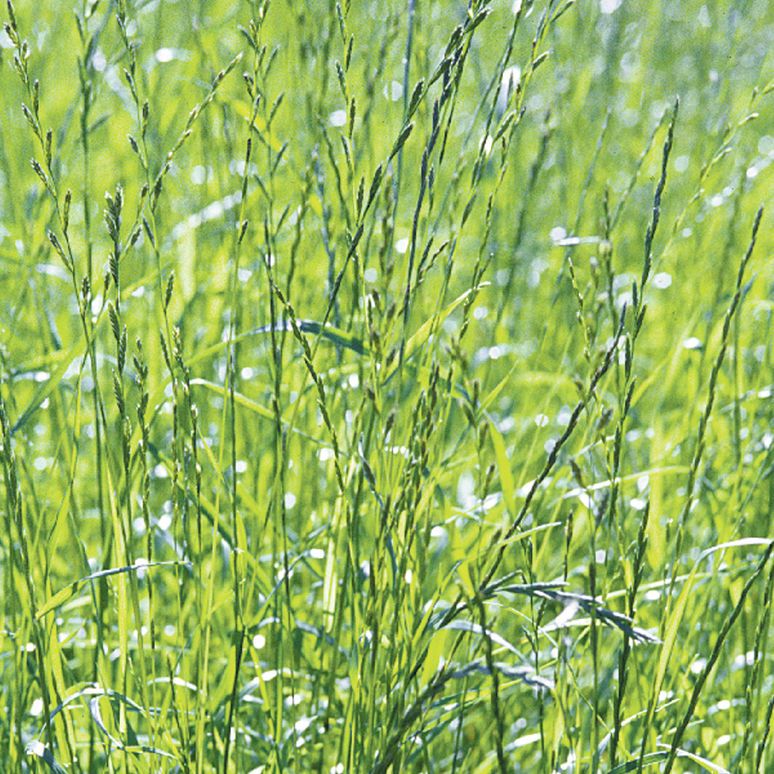Rye And Ryegrass

Rye secale cereale typically refers to the cereal or small grain plant.
Rye and ryegrass. This provides the field with good wear resistance while the bluegrass will spread to quickly heal any damaged areas. Modern winnowing techniques now separate the seed from rye seed but in earlier times contaminated rye flour was a health hazard. Rye grass and rye grass pollen extract are likely safe for most people. Lolium multiflorum annual ryegrass.
All you need to know about perennial ryegrass cool season lawn grass. Rye grass pollen extract can cause side effects such as stomach swelling distention heartburn and nausea. Like wheat rye varieties can be either winter ryes or spring ryes. The words rye and ryegrass cause much confusion.
It is one of the highest quality forage grasses. Heat and drought tolerance varies by variety. The words rye and ryegrass cause much confusion. Flour made from it is used to make rye breads.
Perennial ryegrass lolium perenne l is native to europe asia and north africa. The pros and cons of ryegrass. Fast germination and seedling growth. The words rye and ryegrass cause much confusion.
Rye secale cereale typically refers to the cereal or small grain plant. Here are the botanical names for the three grasses in question along with their most commonly used common names. It is best adapted to mild temperate climates. As a forage it can produce high tonnage but is relatively coarse and less palatable than some other forages.
Secale cereale winter rye. Rye typically refers to the cereal or small grain plant. On the pro side perennial ryegrass has a very high wear tolerance. It is used on athletic fields along with bluegrass to provide a more durable playing surface.
Perennial ryegrass lolium perenne is also commonly used for overseeding in. Temulentum also known as poison ryegrass or tare is considered a noxious weed in many areas. Annual ryegrass lolium multiflorum is commonly used to overseed warm season turf. The pro side of perennial ryegrass.
Used for permanent and temporary lawns. Recently rye has become popular as a forage crop. Annual ryegrass and italian ryegrass. Has about 250 000 acres most of which are in the northeast and on the pacific coast in oregon and washington.
It grows well in poorer soils and harsher climates than most other cereals. Lolium perenne perennial ryegrass. The plant is often infected with a poisonous fungus neotyphodium species that can be dangerous to grazing animals. Tall fescue festuca arundinacea like ryegrass has a.


















